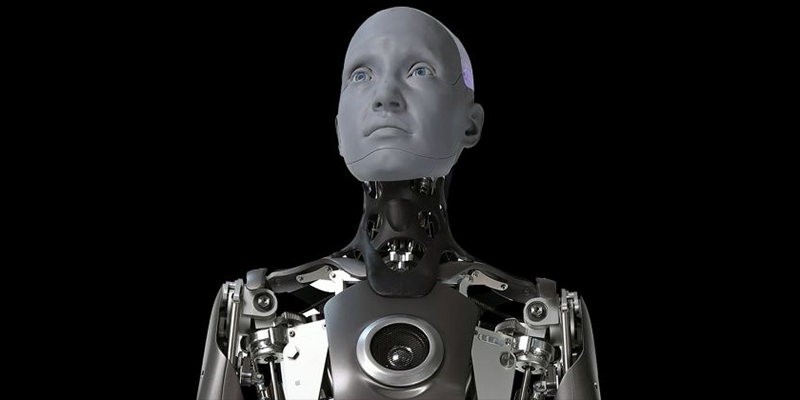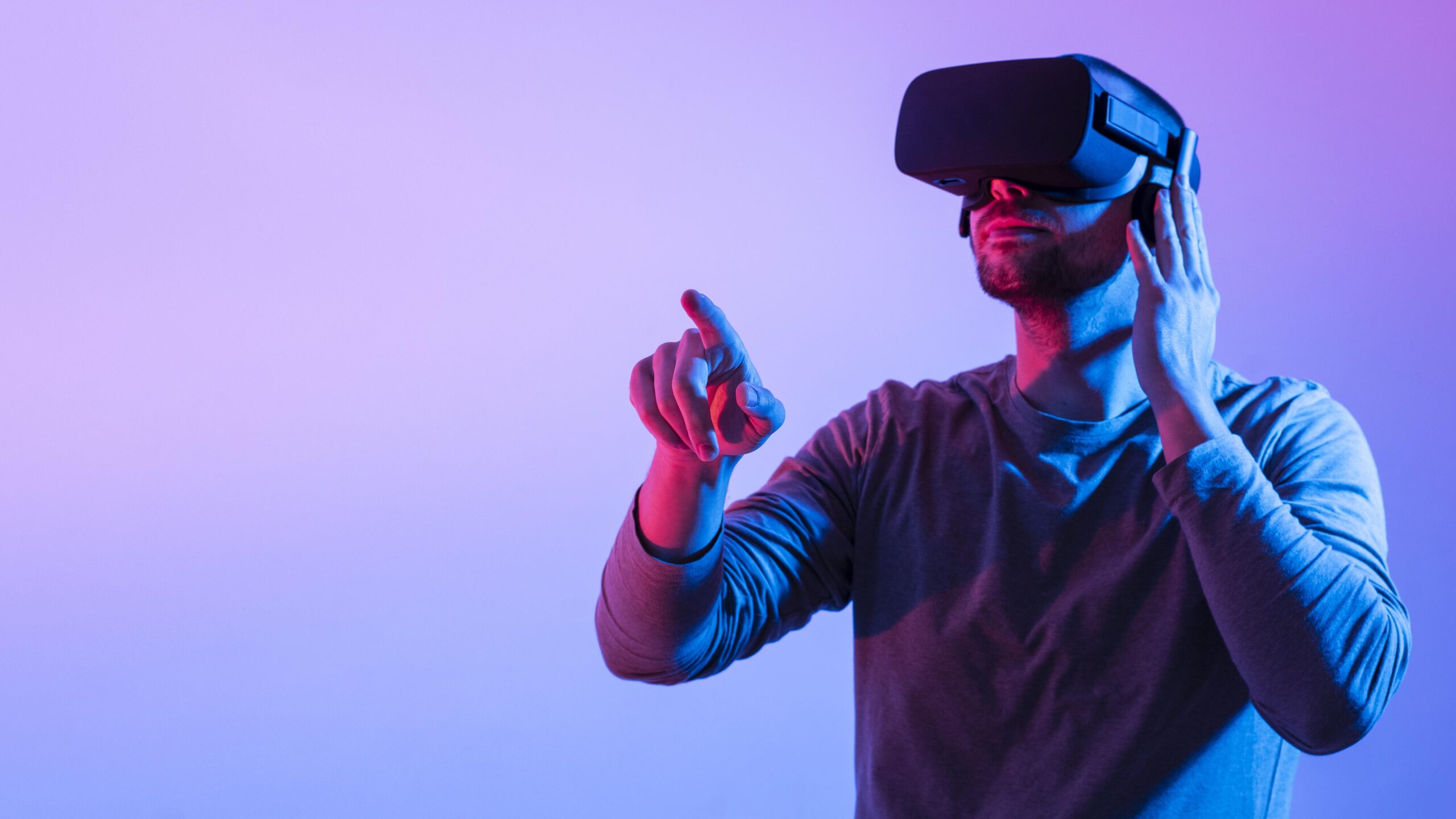They’re already here and they’re ready to work.
While many humanoid robots are still in the prototype phase or other early stages of development, a few have escaped research and development in the last few years, entering the real world as bartenders, concierges, deep-sea divers and as companions for older adults. Some work in warehouses and factories, assisting humans in logistics and manufacturing. And others seem to offer more novelty and awe than anything else, conducting orchestras and greeting guests at conferences.
How Are Humanoid Robots Being Used Today?
While more humanoid robots are being introduced into the world and making a positive impact in industries like logistics, manufacturing, healthcare and hospitality, their use is still limited, and development costs are high.
That said, the sector is expected to grow. The humanoid robot market is valued at $1.8 billion in 2023, according to research firm MarketsandMarkets, and is predicted to increase to more than $13 billion over the next five years. Fueling that growth and demand will be advanced humanoid robots with greater AI capabilities and human-like features that can take on more duties in the service industry, education and healthcare.
In light of recent investments, the dawn of complex humanoid robots may come sooner than later. For instance, AI robotics company Figure and ChatGPT-maker OpenAI formed a partnership that’s backed by investors like Jeff Bezos. Under the deal, OpenAI will likely adapt its GPT language models to suit the needs of Figure’s robots. And microchip manufacturer Nvidia revealed plans for Project GR00T, the goal of which is to develop a general-purpose foundation model for humanoid robots. These announcements come in the wake of Elon Musk and Tesla introducing the humanoid robot Optimus in 2022, although the robot remains in the production phase.
HOW ARE HUMANOID ROBOTS BEING USED?
- Hospitality: Some humanoid robots, like Kime, are pouring and serving customer drinks and snacks at self-contained kiosks in Spain. Some are even working as hotel concierges and in other customer-facing roles.
- Education: Humanoid Robots Nao and Pepper are working with students in educational settings, creating content and teaching programming.
- Healthcare: Other humanoid robots are providing services in healthcare settings, like communicating patient information and measuring vital signs.
But before companies can fully unleash their humanoid robots, pilot programs testing their ability to safely work and collaborate alongside human counterparts on factory floors, warehouses and elsewhere will have to be conducted.
It’s unclear how well humanoid robots will integrate into society and how well humans will accept their help. While some people will see the proliferation of these robots as creepy, dangerous or as unneeded competition in the labor market, the potential benefits like increased efficiency and safety may outweigh many of the perceived consequences.
Either way, humanoid robots are poised to have a tremendous impact, and fortunately, there are already some among us that we can look to for guidance. Here are a few examples of the top humanoid robots working in our world today.
Examples of Humanoid Robots
Ameca (Engineered Arts)
Engineered Arts’ latest and most advanced humanoid robot is Ameca, which the company bills as a development platform where AI and machine learning systems can be tested. Featuring sensors that can track movement across the entirety of a room, along with face and multiple voice recognition capabilities, Ameca naturally interacts with humans and detects emotions and age. Ameca is able to communicate common expressions like astonishment and surprise, and gestures like yawning and shrugging.
MORE ON THE FUTURE OF ROBOTICS
35 Robotics Companies on the Forefront of Innovation
Alter 3 (Osaka University and mixi)
Dubbed Alter 3, the latest humanoid robot from Osaka University and mixi is powered by an artificial neural network and has an ear for music. Earlier iterations of Alter sang in an opera. Alter 3, which has enhanced sensors and improved expressive ability and vocalization system for singing, went even further in 2020 by conducting an orchestra at the New National Theater in Tokyo and taking part in other live performances.
ARMAR-6 (Karlsruhe Institute of Technology)
ARMAR-6 is a humanoid robot developed by researchers at the Karlsruhe Institute of Technology in Germany to work in industrial settings. Capable of using drills, hammers and other tools, ARMAR-6 also features AI technology allowing it to learn how to grasp objects and hand them to human co-workers. It’s also able to take on maintenance duties like wiping down surfaces and even has the ability to ask for help when needed.
Apollo (Apptronik)
Apptronik’s Apollo is the result of the company building on its experiences of previous robots, including its 2022 humanoid robot Astro. With the ability to carry up to 55 pounds, Apollo is designed to function in plants and warehouses and may expand into industries like retail and construction. An impact zone allows the robot to stop its motion when detecting nearby moving objects while swappable batteries that last four hours each keep Apollo productive.
Atlas (Boston Dynamics)
Atlas is a leaping, backflipping humanoid robot designed by Boston Dynamics that uses depth sensors for real-time perception and model-predictive control technology to improve motion. Measuring 5 feet tall and weighing in at 196 pounds, Atlas has three onboard computers, 28 hydraulic joints, and moves at speeds of more than 5 miles per hour. Built with 3D-printed parts, Atlas is used by company roboticists as a research and design tool to increase human-like agility and coordination. In April 2024, Boston Dynamics announced plans to retire the hydraulic Atlas in favor of a new electric version that the company says will be stronger and have a broader range of motion.
Beomni (Beyond Imagination)
Created by Beyond Imagination, the humanoid robot Beomni is controlled remotely by “human pilots” donning virtual reality headsets and other wearable devices like gloves, while AI helps Beomni learn tasks so one day it can become autonomous. In 2022, Beyond Imagination CEO and co-founder Harry Kloor told Built In that he’s hopeful Beomni will transform the care older adults receive, while taking over more tedious and dangerous jobs in other industries. The company also agreed to supply 1,000 humanoid robots over five years to SELF Labs as part of a simulated farm game.
Nadine (Nanyang Technological University)
Researchers from Nanyang Technological University in Singapore developed Nadine, a humanoid social robot, with realistic skin, hair, facial expressions and upper body movements that’s able to work in a variety of settings. According to researchers, Nadine can recognize faces, speech, gestures and objects. It even features an affective system that models Nadine’s personality, emotions and mood. So far, Nadine has worked in customer service and led a bingo game for a group of older adults in Singapore.
Pepper (Softbank Robotics)
Pepper is another humanoid robot from Softbank Robotics working in classrooms and healthcare settings. But unlike NAO, Pepper is able to recognize faces and track human emotions. Pepper has worked as a hotel concierge and has been used to monitor contactless care and communication for older adults during the pandemic. A professional baseball team in Japan even used a squad of Peppers to cheer on its players when the pandemic kept the team’s human fans at home.
Robonaut 2 (NASA and General Motors)
Developed by NASA and General Motors, Robonaut 2 is a humanoid robot that works alongside human counterparts in space and on the factory floor. More than a decade ago, Robonaut 2 became the first humanoid robot to enter space, and worked as an assistant on the International Space Station until 2018, when it returned to Earth for repairs. Today, Robonaut 2 is inspiring other innovations and advancements in robotics, like the RoboGlove and Aquanaut from the ocean robotics company Nauticus.
Phoenix (Sanctuary AI)
Sanctuary AI’s sixth-generation robot, named Phoenix, is equipped with human-like hands and the ability to lift up to 55 pounds, making it useful for various roles in the workforce where there are labor shortages. Because Phoenix can be controlled, supervised and trained by humans, it goes beyond specific tasks and demonstrates the competence to complete tasks in various settings.
EVE (1X)
1X claims the title of being the company to send the first AI-powered humanoid robot into the workforce. The company’s robot EVE comes with strong grippers for hands, cameras that support panoramic vision and two wheels for mobility. Most importantly, EVE uses AI to learn new tasks and improve based on past experiences. With these abilities, EVE is on pace to spread into industries like retail, logistics and even commercial security.





Leave a Reply